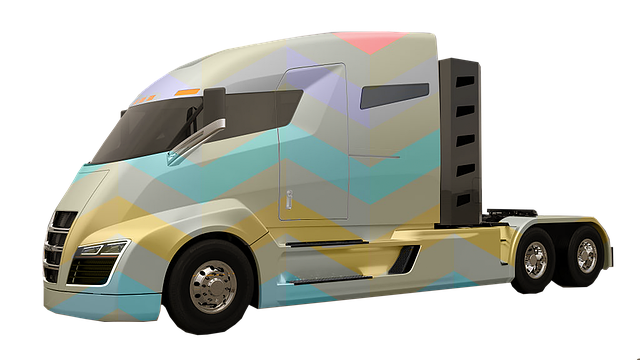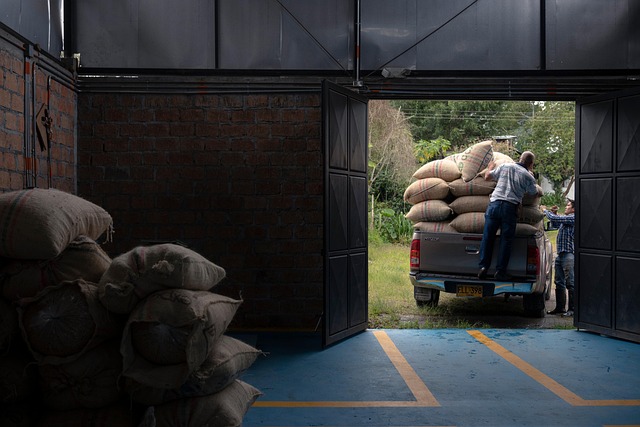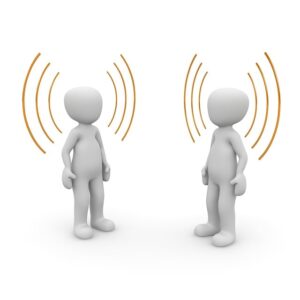Register Car California: Step-by-Step with DMV Vin Verification
Looking to register your car in California? This comprehensive guide walks you through the process step-by-step. From understanding crucial registration requirements and gathering essential documents,…….

Looking to register your car in California? This comprehensive guide walks you through the process step-by-step. From understanding crucial registration requirements and gathering essential documents, to visiting your local DMV for VIN verification, completing the application, and paying fees – we’ve got you covered. Simplify car registration in California with this easy-to-follow breakdown, ensuring a smooth and stress-free experience.
- Understand California Car Registration Requirements
- Gather Necessary Documents for Registration
- Visit Your Local DMV for Vin Verification
- Complete the Registration Application Process
- Pay Car Registration Fees and Receive Your Plate
Understand California Car Registration Requirements

Before registering your car in California, it’s crucial to understand the state’s specific requirements. The California Department of Motor Vehicles (DMV) mandates several key steps for car registration, including accurate and up-to-date information on vehicle details and ownership. One vital aspect is the DMV vin verification process, where the unique Vehicle Identification Number (VIN) of your car is cross-referenced to ensure it matches the records and complies with California’s regulations.
Additionally, you’ll need to provide proof of insurance, complete necessary forms, and pay the registration fees. For convenience, many Californians opt for mobile vin verification or a mobile vin inspector, allowing them to complete this crucial step without visiting a DMV office. This streamlined approach ensures that your car registration process is efficient and hassle-free.
Gather Necessary Documents for Registration

Before heading to the DMV for car registration, ensure you have all the required documents ready. This process typically involves several key pieces of information and items. One crucial aspect is to have your vehicle’s Vehicle Identification Number (VIN) verified. You can do this with a mobile vin verifier or during a vin inspection to ensure the accuracy of the details. Additionally, gather important paperwork such as your driver’s license, proof of insurance, and the title or registration certificate from the previous owner if applicable.
It’s essential to double-check that all documents are up-to-date and valid. The DMV will require these during the registration process, which includes filling out necessary forms and possibly paying associated fees. Having these prepared in advance will streamline your visit and help avoid any delays or complications.
Visit Your Local DMV for Vin Verification

Before you can register your car in California, you’ll need to ensure that your vehicle’s VIN (Vehicle Identification Number) is verified by the Department of Motor Vehicles (DMV). This process, known as DMV vin verification, is a crucial step in the registration process. It helps ensure that the vehicle you’re trying to register matches the information on record and has been properly inspected for any discrepancies or alterations.
You can facilitate this process with a mobile vin inspection service, which allows a trained professional to perform the VIN verification at your convenience. Alternatively, you can visit your local DMV office, where they’ll check the vehicle’s records and conduct a visual inspection. This traditional method may involve some waiting time, but it guarantees a thorough check of your car’s identity and history.
Complete the Registration Application Process

After gathering all the necessary documents, it’s time to complete the registration application process with the California Department of Motor Vehicles (DMV). Start by filling out Form MV-5, which is the Application for Title and Registration. This form requires detailed information about your vehicle, including its make, model, year, and VIN (Vehicle Identification Number), which is crucial for a successful dmv vin verification. Make sure to double-check all details to avoid errors.
Once completed, submit the application along with required fees and supporting documents, such as proof of insurance and identification. If you’re opting for a mobile vin inspection or mobile vin verification, certified specialists can visit your location to conduct a thorough inspection, ensuring your vehicle’s authenticity and condition before processing the registration. This streamlined approach saves time and offers convenience.
Pay Car Registration Fees and Receive Your Plate

After successfully submitting your application and documents, the next step in registering your car in California is to pay the registration fees. These fees vary based on the type and weight of your vehicle, so be sure to check the official DMV website or contact a local office for accurate pricing. You can typically pay online, by mail, or in person at a DMV field office. Once the payment is processed, you will receive confirmation and your license plate.
In California, each vehicle must display unique license plates that are issued by the Department of Motor Vehicles (DMV). If you opt for a mobile vin inspection or use a mobile vin verifier, this process can be even faster as the verification step is completed ahead of time, ensuring a smoother registration experience.
Registering a car in California involves several straightforward steps, from understanding requirements to completing the application process. Ensure you gather all necessary documents, including proof of ownership and insurance. After visiting your local DMV for crucial dvm vin verification, pay the registration fees, and you’ll be on the road with a new set of plates in no time. Remember, proper documentation and compliance with California’s car registration procedures are essential to maintain legal driving status.







